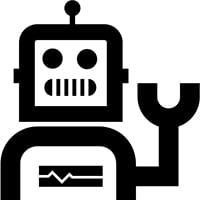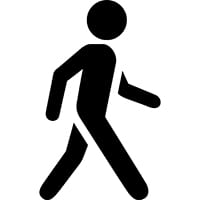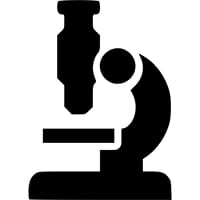Usage Modes
NMR instruments may be used in different ways, depending on the researcher's need.
Automated
“I put my samples in the robot so I can return to the bench while the spectrometer acquires high-quality routine data for me.”
Our automated system is currently equipped to acquire 1H, 13C, 31P, 19F, and 11B nuclei, most with choice of 1H decoupling; other nuclei between 109Ag and 31P frequencies can be added upon request or manager whim. To maximize utility of long-term 1D 13C acquisition, we have a 3.5hr night-queue 13C parameter set. Current experiments include 1D 13C DEPT135, 2D COSY, 1H-13C HSQC (multiplicity-edited with sensitivity enhancement), and 2D 1H-13C HMBC (with suppression of one-bond correlations). More experiments will be added, and requests will be honored if implementable.

Walkup
“I reserve time then walk up to the instrument and operate it manually to get a quick routine spectrum or two.”
Reservations are required, but for no more than 20 minutes. Only room temperature experiments are allowed. Quick 1D and 2D experiments, most with default parameters, are the most popular. Our facility provides a preferred array of standard parameter sets using sophisticated pulse sequences in order to yield the best data with least effort and maximum time efficiency.

Intensive
“I sit down with the instrument to manually run experiments that require extra attention and time.”
Examples include
• “Variable temperature” (VT), equilibrating samples to temperatures -150 to +150 °C.
• Diffusion measurement/DOSY, using NMR to gauge molecule/particle size
• 1D NOE, in which one manually chooses peaks to excite
• Solvent suppression, in which non-deuterated solvent peaks are selectively reduced
• Reaction monitoring*, where reactants are quickly mixed in the NMR tube and spectra are taken to follow reaction progress
• Titrations*, where small amounts of titrants are added to a sample to characterize binding or another property
*best done in the Searle lab, which has a support room with a bench and hood next to the instrument room.
